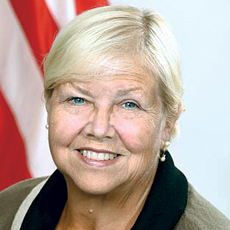
At a recent staff meeting, our medical director asked us to implement palliative wound care. What would that look like for a dying resident?
As long-term care physician Jeffery M. Levine, M.D., once wrote, “Partnering with the patient and family to take a palliative approach to chronic wounds rather than an aggressive plan for heal- ing can potentially reduce suffering, avert painful procedures, and reduce re-hospitalizations.”
Many times, we know the palliative care resident has pressure ulcers, which add significantly to their level
of care. Also, some of the treatment ordered can add to discomfort and pain for the resident.
Offering alternatives to aggressive wound healing by changing our focus to stabilizing the wound, managing the symptoms caused by the wound and the resident’s well being can be a much kinder and gentler approach. Curing some wounds is not realistic especially where terminal illness is concerned. Treating the symptoms would be best for the residents.
Sharp debridement at the bedside with little to no chance of wound healing would not be conducted. In fact, many of the “normal” preventative or healing orders, such as turning schedules, extra calories or protein drinks, and specialized expensive dressing would not be done.
You would treat the symptoms that were being assessed, such as discomfort, drainage, odor and additional breakdown of surrounding skin.
It also takes a village, as they say, so the entire team and family, along with the resident if possible, need to decide on the type of care. It is not one doc- tor’s or person’s decision. The resident and wounds need to be managed by a group — including nurses, social service and dietary, with geriatricians or palliative care specialists collaborating with the surgical team when needed.
Please send your resident care-related questions to Sherrie Dornberger at [email protected].
From the March 01, 2018 Issue of McKnight's Long-Term Care News




